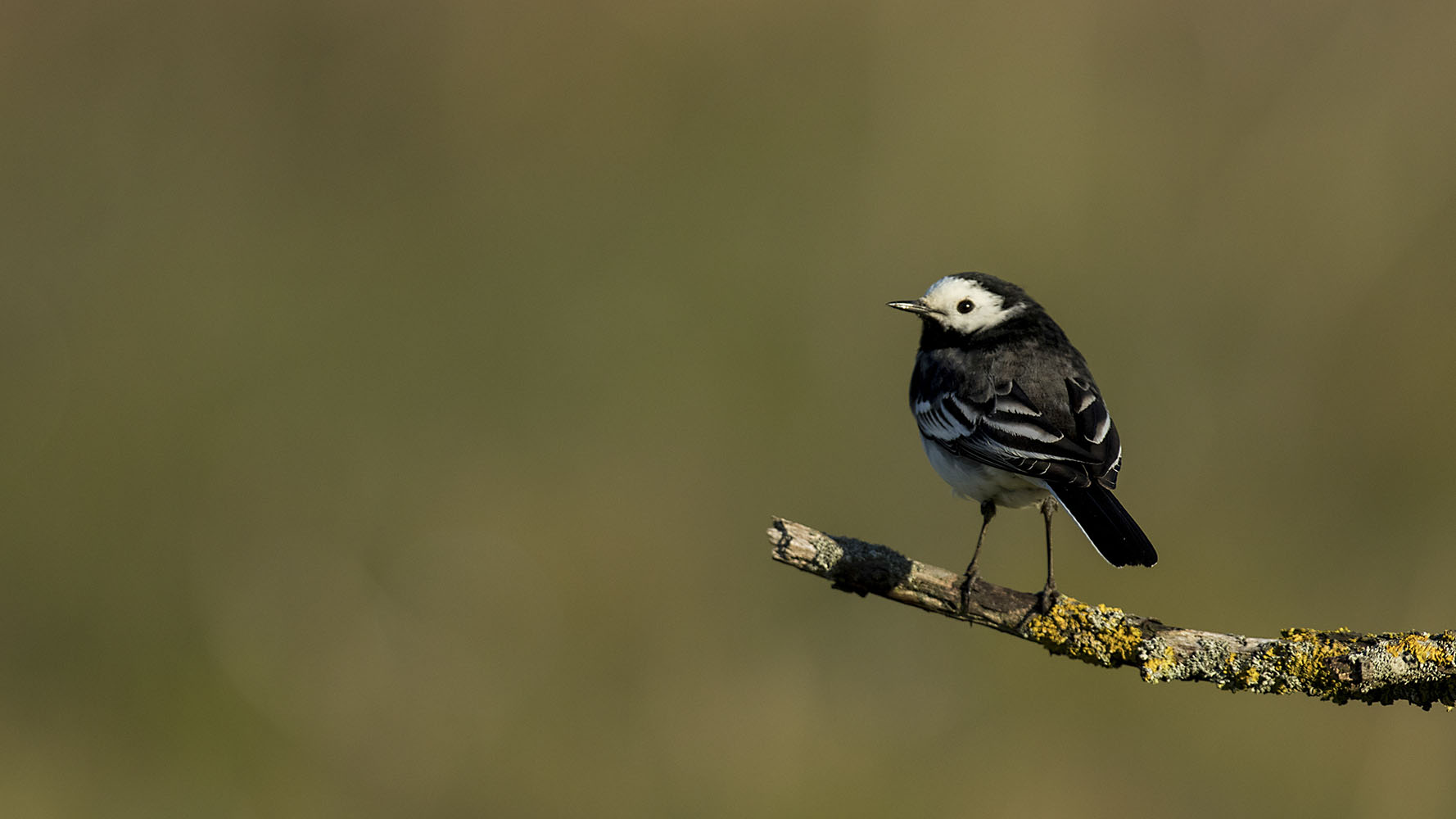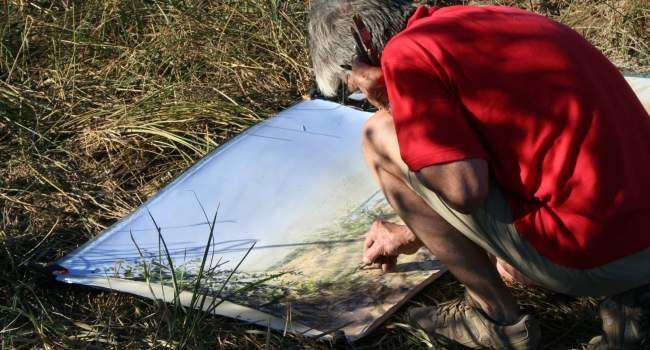
Migration blog (24th – 30th September)
Be the first to commentNo sooner had I pressed the button to publish the last migration blog, the weather forecast for the week changed completely – the expected easterlies were replaced by westerlies and as a result reports of many of the common migrants fell away.
Pied and Spotted Flycatcher, Redstart, Wheatear, Whinchat, and Tree Pipit all saw a drop in their reporting rates in BirdTrack this past week as the unfavourable conditions led to fewer birds arriving from the near continent. However, some species did see an increase in reports, including Meadow Pipit, Grey Wagtail, and Tree Sparrow. These reports most likely relate to birds from Britain and Ireland that typically move around at this time of year.
Like many of the summer migrant passerines, many wader species were reported less in the past week, again unfavourable weather being the likely cause, but there were some species that were moving through Britain and Ireland in numbers. Reports of Little Stint were well above their historical average for the time of year, and both Green Sandpiper and Black-tailed Godwit were seen by many. The bulk of Green Sandpipers would typically have passed through in late August but this year has seen a more protracted migration with birds still being seen. Pectoral Sandpiper is a North American and Siberian wader that is an annual visitor to Britain and Ireland, and in the past week several were widely reported from across the region, and with a slight easterly bias this could indicate that some of them originated from Siberia rather than America. Many of these will be juvenile birds, with birds seen earlier in the year most likely being adult birds which migrate before their offspring.
The past week did see the first flush of some winter visitors with Brambling, Redwing, Fieldfare, and Jack Snipe all seen during the week, hinting at what is to come. Pink-footed, Brent, and Barnacle Geese continued to arrive in increasing numbers, but again the westerlies of the past week did hold back their numbers somewhat, with the exception of Light-bellied Brent Geese. Breeding in the Canadian Arctic, the west-north westerlies of the past week would have helped the Light-bellied Brent Geese on their migration to Britain and Ireland.

Species focus — Meadow Pipit
Familiar to many of us the Meadow Pipit is a widespread and frequently seen species and is the most common Pipit in western Europe. Breeding in open grassy areas and upland habitats the Meadow Pipit can be found from south-east Greenland eastwards to north-west Siberia. The British breeding population is estimated at 1.9 million territories and a further 900,000 in Ireland, but the population is steadily declining and the species has been added to the amber list due to the declines seen since the 1970’s.
Meadow Pipit is a short-distance migrant with birds moving south and west in winter and with birds arriving to Britain and Ireland from Iceland and Scandinavia in the autumn to spend the winter in lowland habitats; this boosts the winter population to around 2.5 million birds. The autumn passage of Meadow Pipit starts around mid-July and continues into late October, with the early movements involving short distance dispersal as birds from upland habitats move to lower altitudes, whilst those seen in later months are likely to be birds arriving in the UK.
An area of low pressure sweeps in from Greenland and the North Atlantic bringing with it strong to gale force south westerlies for many parts
Looking ahead
Given the seemingly unpredictable nature of the weather at the moment, trying to predict what is likely to arrive in the coming week is difficult and subject to change as ever but let's go with the current forecast. The start of the weekend looks like many places will have light winds due to an area of high pressure to the south east of the UK. These light winds could see some species such as Meadow Pipit, Grey Wagtail, Tree Sparrow, and hirundines taking advantage of the clearer conditions to migrate. As the weekend progresses a switch to a strengthening south to south-westerly will again see few species on the move but with a hint of a south-easterly for the northern isles it could be all they need for an arrival of scarcer migrants such as Red-backed Shrike, Red-breasted Flycatcher, and may be the first significant arrival of Yellow-browed Warbler or maybe the first Red-flanked Bluetail of the autumn.

By Monday an area of low pressure sweeps in from Greenland and the North Atlantic bringing with it strong to gale force south-westerlies for many parts, and whilst not so good for passerine migrants, it could provide southern and western coasts with a few seabirds such as Leach’s Petrel, Pomarine Skua, and Sabine’s Gull. These winds could also bring a scattering of Grey Phalaropes, with some likely to turn up at inland locations as well as from sea-watching points. This area of low pressure will pass across northern Scotland and head towards Norway by the end of next week and pull in air from the arctic and northern Scandinavia, conditions not conducive for big arrival of migrants. The only exceptions to these could be Light-Bellied Brent, Barnacle and Pink-footed Goose, and Whooper Swan that could take advantage of these winds to leave Greenland and Iceland and head to Britain and Ireland.







Share this page